"/>
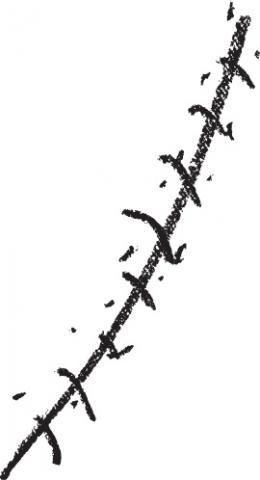


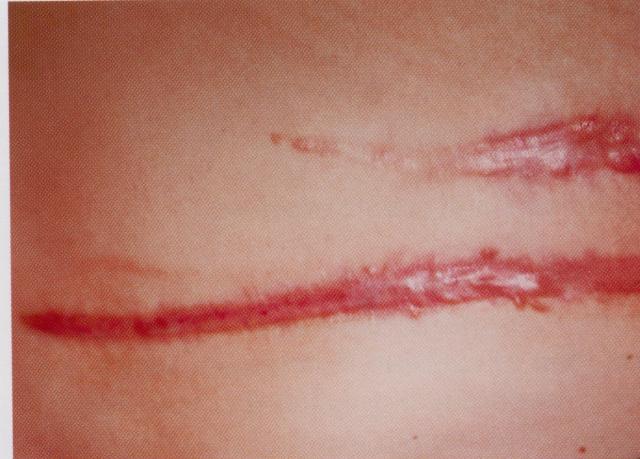
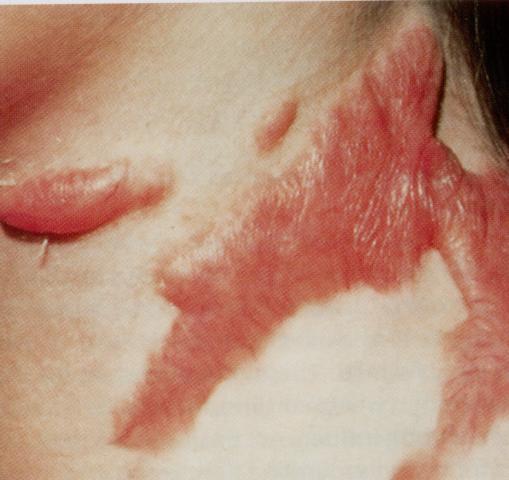
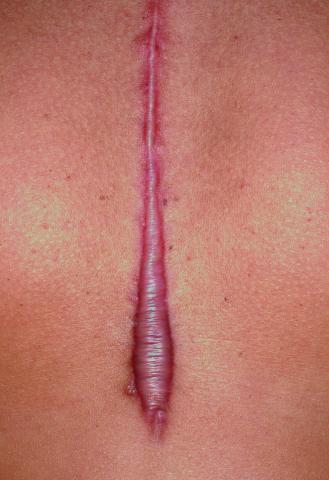
Hypertrophic Scars
Hypertrophic scars are the most common type of scar and usually follow a trauma such as a burn or accident, or after surgery. Hypertrophic scars will follow the line of the injury, which means it will follow the line of the surgical would, where the burn has been or where the original cut was. Some scars get better on themselves, but if the scar is still red and raised after a couple of weeks then it will need to be treated. Some people prefer to prevent scars forming and there is good evidence that early use of treatments such as silicone gels can prevent hypertrophic scars forming. Hypertrophic scars can be treated with simple non-invasive therapy.
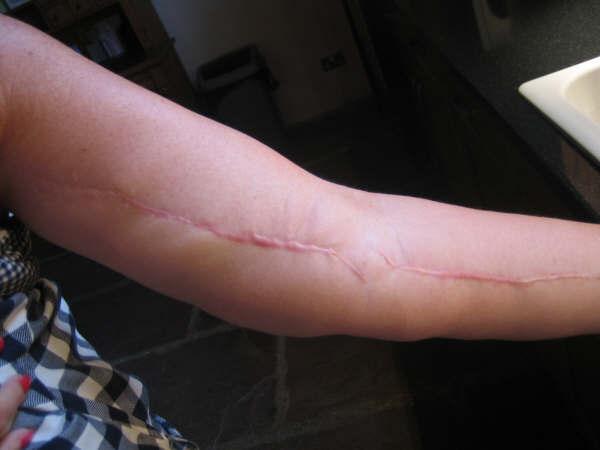
Keloids
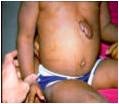
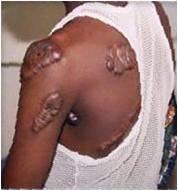
Burn Scars
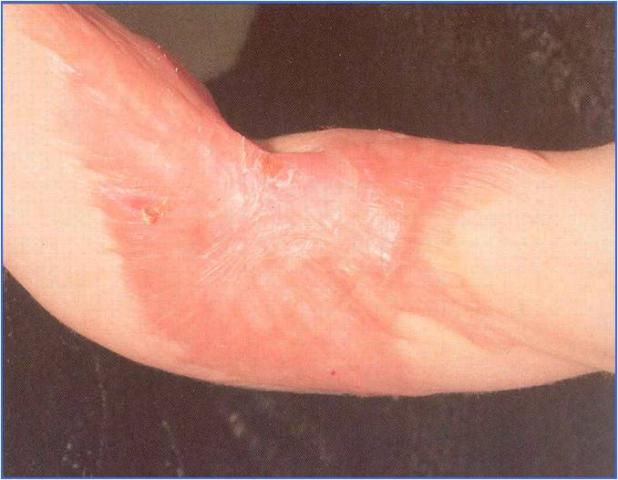
Atrophic Scars
This website has been possible due to an Educational grant provided by Sinclair Pharmaceuticals, providers of Kelo-Cote scar Gel. We would like to thank Sinclair Pharmaceuticals for thier generous support